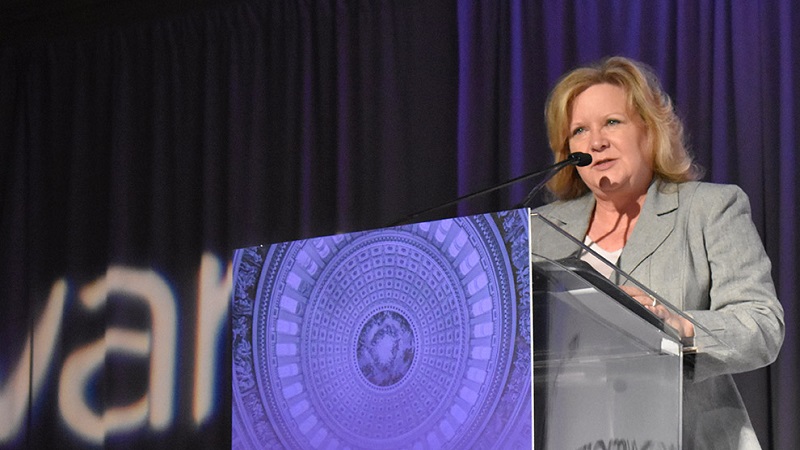
At today’s TBM Council Public Sector Summit, three government leaders stressed the importance of evolving the Federal government’s Capital Planning and Investment Control (CPIC) process and the role Technology Business Management (TBM) can play in that evolution.
CPIC is a systematic approach to selecting, managing, and evaluating information technology investments that was introduced 20 years ago.
“Nothing, I believe, stays valid over a twenty-year process without some substantial change that is necessary,” said Margie Graves, the Federal government’s deputy CIO. “Technology has changed, the way we look at our business outcomes within the Federal government has changed, the expectations of our citizens and how we deliver IT services has changed, so we need to evolve the CPIC process from where it began to something that is more modern and appropriate.”
Graves said that the CPIC process has been weighed down over the years, explaining that everyone from Congress to the Office of Management and Budget (OMB) have added additional measurement questions to the process. Those additions have created a lengthy and overwhelming process and one that has moved away from its original goal, Graves said, and urged a refocus on core goals.
“The CPIC process was intended to be the official business case of a program,” she said. “It should be focused on baseline cost, expected capability that you will deliver, the investment that you’re making, and ultimately ROI, like they call it in the private sector, but what we would call in our space return on mission.”
Refocusing the measurement process is where TBM can play a key role. Similar to the CPIC process, TBM provides a standardized way to categorize IT costs, technologies, resources, applications, and services, as well as informing data-driven decision making around smart IT investment. However, TBM tackles the problem in a more modern way.
Rick Chandler, former CFO of IT for the Department of Veteran Affairs (VA) and current deputy under secretary for management for the National Cemetery Administration, stressed that TBM adoption can make CPIC reporting far easier. He suggested that agencies show their teams what aspects of CPIC adoption could be automated by TBM. And rather than feeling like TBM is additional work on top of the CPIC process, Chandler encouraged agencies to show their teams how TBM could modernize and streamline the reporting process.
As the Federal government continues the push for IT modernization, it needs to make data-driven decisions and it needs a way to share best practices across agencies. Beth Angerman, executive director for the Unified Shared Service Management Office in the General Services Administration (GSA), said that TBM offers a modern way to make IT decisions while enabling greater collaboration.
“We can’t compare apples to apples across government because everyone is implementing things differently,” Angerman said. “So, it’s important that we have this central function to be working collaboratively with agencies as they go down the [TBM] implementation journey. We are bringing best practices back to one centralized place so other agencies can learn from each other’s mistakes and accelerate their journey.”
In addition to streamlining the modernization journey, Graves said that TBM could help agencies identify opportunities to use MGT funds governmentwide. With millions of dollars on the line, agencies might want to accelerate their TBM adoption.
